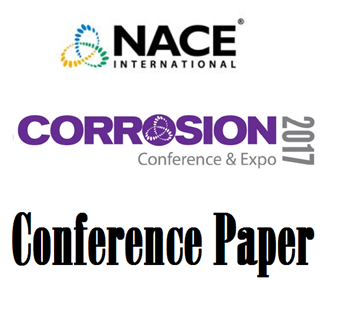Search
10206 Effect of Water Content on the Growth of SRB in Crude Oil
Also Purchased
Internal Corrosivity Assessment and Ranking of Crude Pipeline
Product Number:
51317--9225-SG
ISBN:
9225 2017 CP
Publication Date:
2017
$20.00
10210 Microbiologically Influenced Corrosion Failure of a Crude Oil Pipeline
Product Number:
51300-10210-SG
ISBN:
10210 2010 CP
Publication Date:
2010
$20.00
03644 PRELIMINARY RESULTS OF A PROJECT ON CRUDE OIL CORROSION
Product Number:
51300-03644-SG
ISBN:
03644 2003 CP
$20.00
Recently viewed




